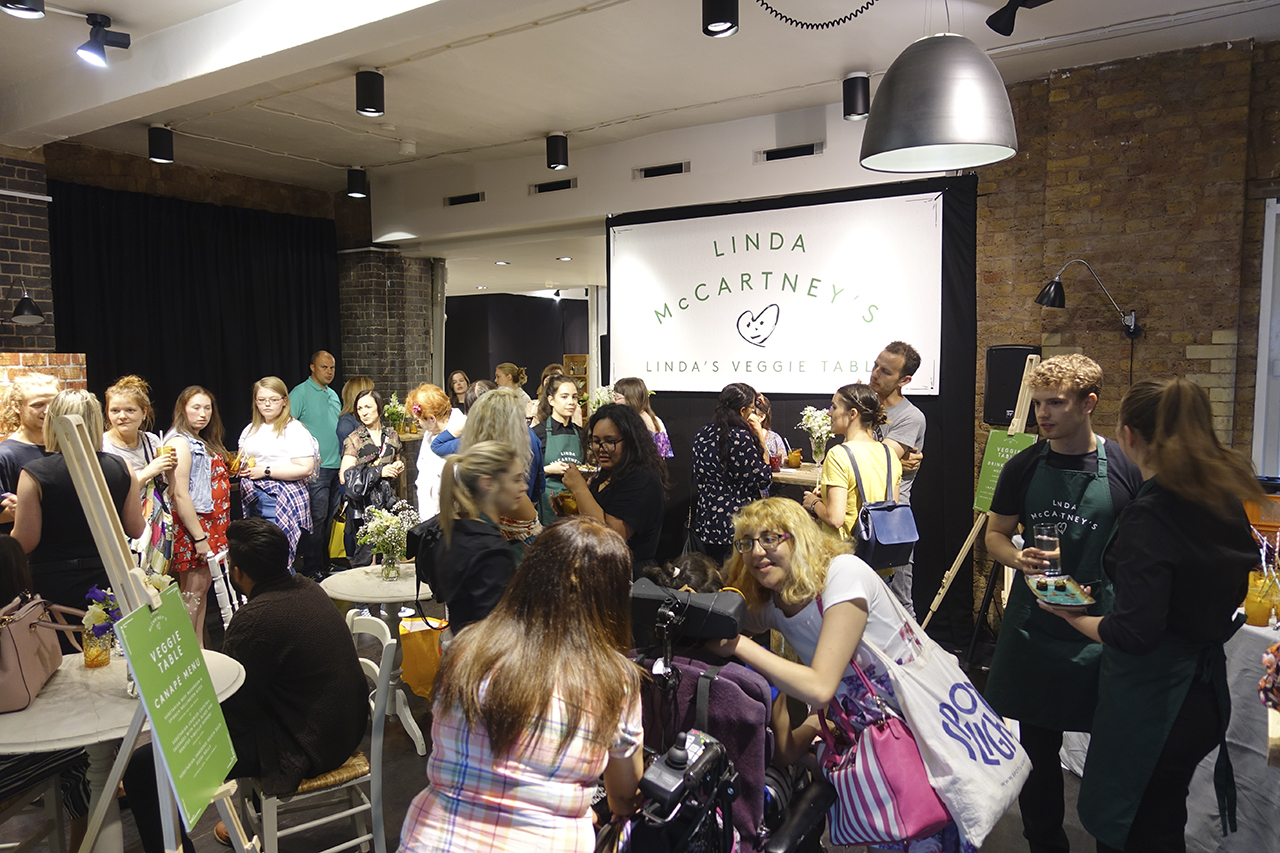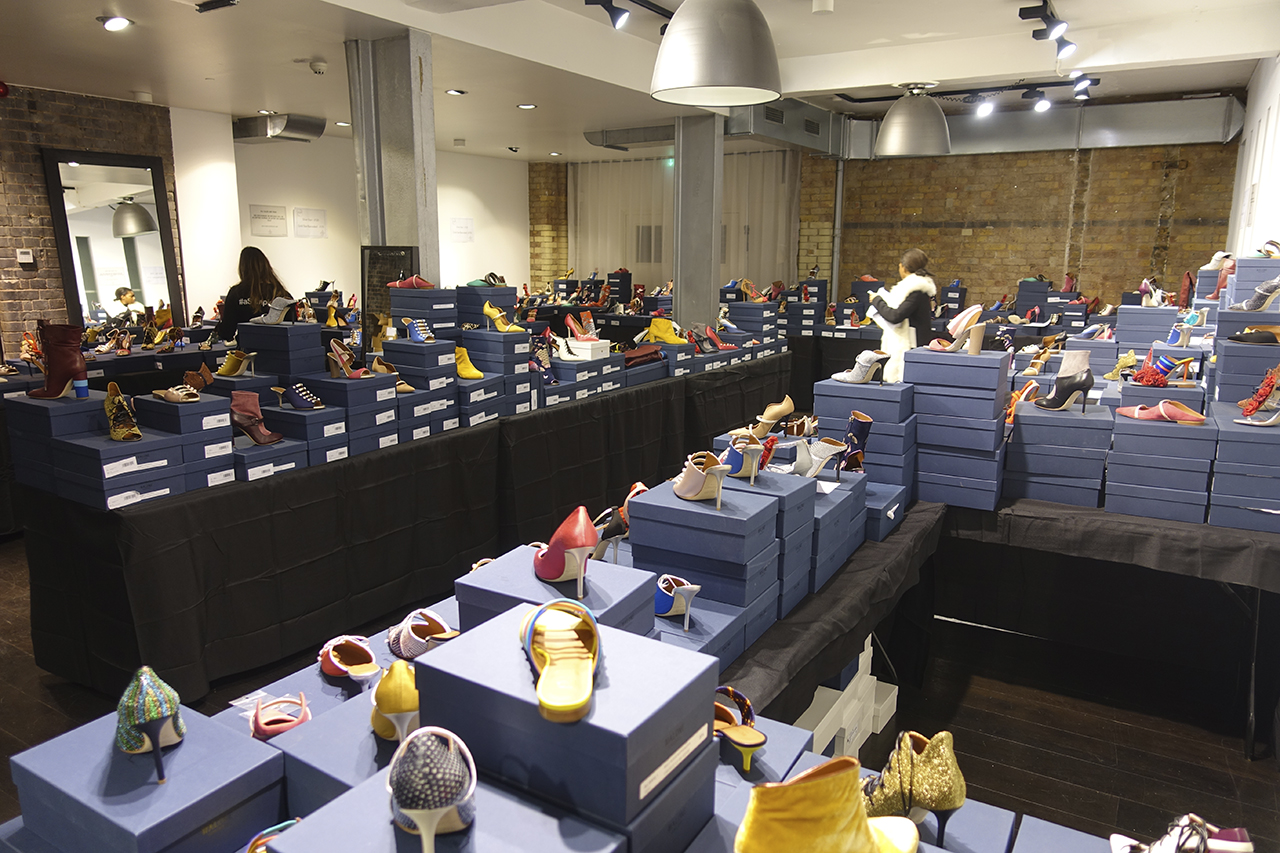- Have any questions?
- +44 (0)20 88793080
- info@firstoptionvenues.co.uk
Sample Sale Savvy…

Why face to face B2B & B2C and B2M Events still matter…
February 3, 2017
Experiential Marketing is increasingly the unignorable marketing force…
June 9, 2019Sample Sale Savvy & Useful Tips for Vendors, Operators and Brands
Sample sales have been part of the retail landscape and in particular the fashion Industry for some considerable period of time and can trace their original emergence to periods of economic recession when the economic challenges facing both the fashion industry and the consumer necessitated a viable platform for brands to offload samples and overstock and provide an attractive and continued opportunity for cash strapped consumers and bargain hunters to acquire their favourite items at a fraction of their retail ticket price.
Despite the quantum shift in buying habits from bricks and mortar retail shopping to online there has at the same time been a compelling requirement on the part of brands and retailers to catch the changing waves in consumer shopping sensibilities by remodelling their sample sales models to create more engaging and dynamic customer experiences reflecting more closely what they create in store.
Sample sales are often held by brands/retailer and run with one element in mind. To generate a quick fire revenue stream for sample and overstock that have diminished seasonal or other value by being on display for sale in their shops or taking up space in their warehouses.
The revolution in experiential customer sales and marketing trends should now be ever increasingly applied more actively to sample sales as well as just bricks and mortar retail; as beyond the pure generation of revenue they provide a perfect platform for brands to maintain their brand value and engage more dynamically with customers who patronise them and have onward influence via the myriad of social media platforms etc.
Beyond their historically typical appearance and pile it high, sell it quick model, sample sales now need to maximise on every opportunity to engage and capture the hearts, minds and senses of their captive audiences beyond just taking money at the till points in drafty, badly lit, low rent venues. Just because the items for sale are cheap(er) doesn’t mean the environment in which they are being sold at bargain prices should feel that way.
Location Location Location. Goes without saying that geographical convenience for the majority of target customers is a must. But also consider choosing a venue that maintains and enhances the value of your brand so that customers aren’t musing that the brand is simply offloading and is somehow cheapened aspirationally. A sample sale venue that mirrors a brand’s bricks and mortar retail environment reduces the dilution of brand perception and value. Remember you want a large majority of customers to buy your stock and subscribe to your brand at greater profit margin outside of the sample sales.
Pick a date(s) for your sample sale that coincides with typical payday trends which are typically made on the last 3 days of each calendar month.
Choose a multiple of days at a venue where it is more likely that there will be a worthwhile generation of turnover across the duration of the sample sale. This will be affected by footfall of course, but try to include desirable items of stock for sale on each day of the sale or there will likely be an initial spike of sales followed by a rapid downward trend. The first raft of customers who attend the sale will after all be the social media cheerleaders for others who might consider attending. Short and sharp sample sales held on the right number of days (but not more) in a good well located venue will reduce your sample cost exposure and maximise your turnover potential.
Choose a ground floor venue that is easy for Mum’s with prams to attend. Plus ensure there is a convenient area where prams and buggies can be left safely.
Consider employing the service of a professional specialist sample sale operator. This will represent a cost of course but these operators will more than likely save you money and time in terms of sample sale management, logistics, staffing and kit requirements. Specialist sample sale operators only prosper if they make you money on your sample sale costs so do your due diligence, set realistic revenue targets and trust them with pricing flexibility depending on how the sale develops in duration. Remember you will want to take back to storage as little stock as possible from the sale.
Vital to make sure your sample sale is listed on all your social media channels + the major sample sale information portals such as the market leading Chicmi. See www.chicmi.com. LinkedIn is another good place for you to advertise on the home feed page. Also any other relevant online feeds with an potential viewer or subscriber base(s) relevant to your sample sale location etc. Pinpoint key blogger influencers and incentivise their attendance and corresponding reportage and coverage.
Don’t underestimate the value of good lighting & background music etc. Anything that creates ambience and enhances and encourages the buying mood as it does in the normally more refined high street retail environments.
Ensure the visual display of your assets/stock is creatively displayed and merchandised so that it shows it off in the best light and sizes/styles are clear even though it’s a sample sale.
Think about adding display racks with accessories and smaller items positioned around and alongside the pay point/queue stanchion area(s). This provides an additional opportunity for customers to pick up/purchase stock and increase the per customer and overall revenue spend.
Include some multiple buy discounts on items that might be harder to shift.
- Good clear signage for the sample sale should positioned in all approach routes to the venue.
- Human sandwich boards.
- Drop off leaflets relating to the sample sale pre event and during the sale itself.
- Window graphics on the venue.
Think about creating a brand vignette in the sample sale venue reception. Create a step and repeat board for the brand(s) holding the sample sale in the entrance/exit area to generate a fun social media selfie area for customers to instantly generate publicity content for the sample sale and the brand. Provide opportunities for customers to create free promotional for your brand.
Branded paper bags (not plastic) so that in addition to advertising the sale and your brand you are also perceived as being environmentally conscious and responsible.
Engage a preferred charity to operate the cloakroom and bag check/leave area with a nominal charitable donation for each customer to make.
Ensure your chosen security supplier are sufficient in number and are well briefed, managed and motivated. Consider female security guards for more female centric sample sales or where trying on items is permitted.
Consider sample sale bonuses for sales staff working at the sale, if certain revenue targets are met. This will generate more motivation and enthusiasm during the long hours of the sale and create a positive team ethos. Marginal costs that lead to greater increased sales are always worthy of consideration.
Discount incentives/voucher if a registered attending customer brings a friend(s).
Think about creating an after sample sale competition requiring customers to log on with the chance to win prize(s). This could be dispensed and communicated at the till area to paying customers.
Always keep your existing and potential customer database clean, current and proactive.
The main thing is to create a sample sale experience for customers that engages more than just in the generation of sales revenue. They are after all a perfect platform to meet your brand fans face to face and communicate ongoing brand engagement.



